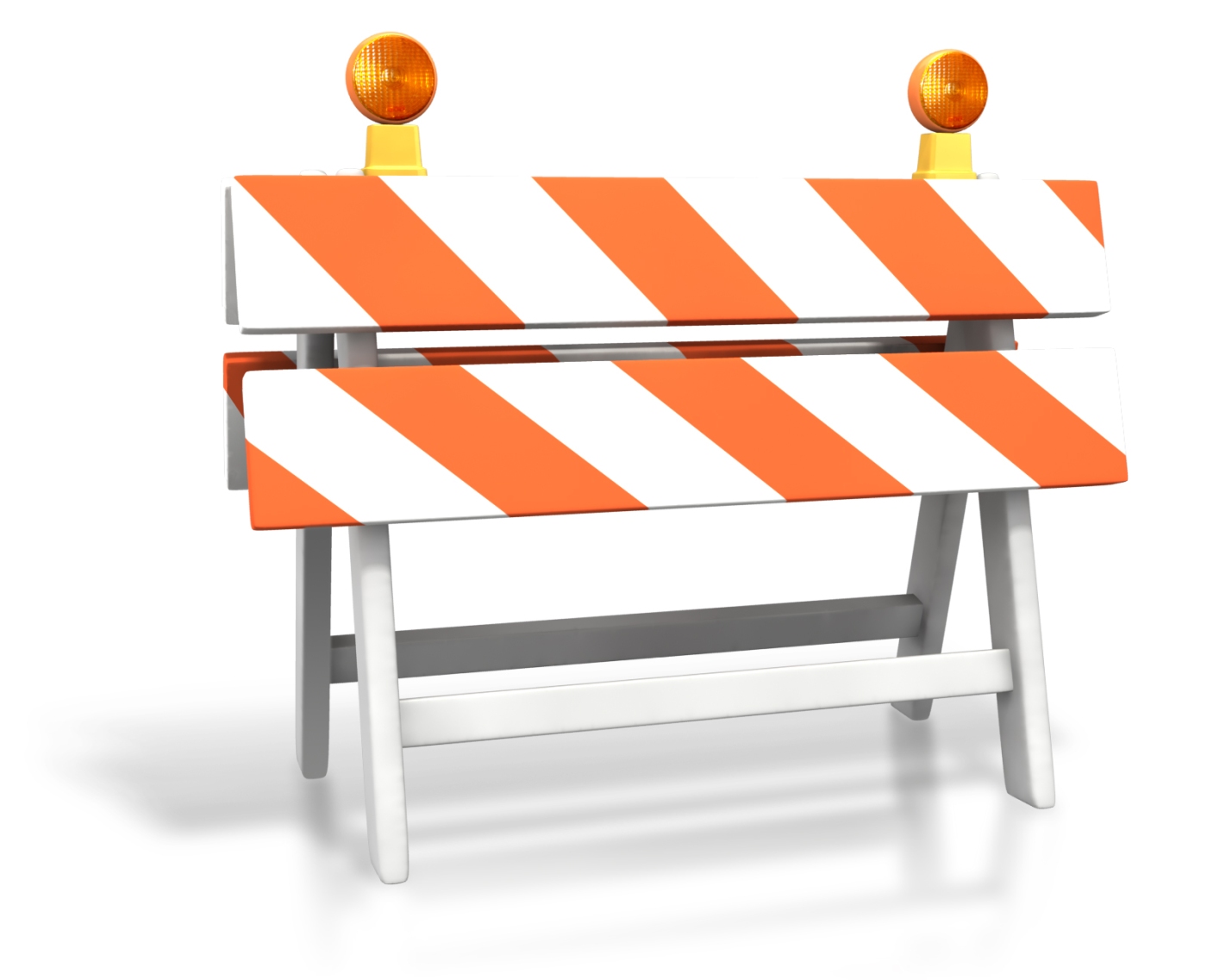The Design Thinking methodology, based in the deep understanding of the end-user experience, can illuminate complex and difficult problems. As with any problem-solving discipline, however, there are challenges inherent in the process that must be anticipated and resolved. Of the many potential challenges, there are three related to staying in the problem space that designers must be cognizant of and address:
- As the discovery process begins to revel the contours of the problem, there can be an overwhelming temptation to jump in with solutions. The problem is there to be solved, right? So why wait? The solution is to take a step back, and be ready to acknowledge that if the answers were easy, they would already have been implemented. Dive deep, and seek a holistic understanding of the problem.
- Groupthink on a problem-solving team can be deadly, as it can shut down ideas that haven’t been expressed. Team leaders need to create an open environment for exploration that enables team members to freely express their thoughts and ideas.
- Finally, misdiagnosing the problem can result in failure. Designers and teams must dig deeper into their challenge, and expose and account for all the factors that can impact the problem.
Leaders of Design Thinking projects must enter the problem space fully aware of the potential challenges noted above, and be ready to focus effort on building a deep and holistic understanding of the opportunity being explored. This deep and holistic understanding will enable the designer to develop the empathy needed to move into the next problem-solving steps.

Mark, this a great blog! Staying in the problem space has been a challenge for me. As I continue to challenge myself to stay in this space, I am learning more about the challenges and gaining greater empathy for the individuals impacted. Thanks for sharing your perspective and continuing to challenge my thinking.
LikeLiked by 1 person
I love the clarity here. You always bring that to your thinking and writing.
The one I personally struggle with, in my own work, is your last one – “Finally, misdiagnosing the problem can result in failure. Designers and teams must dig deeper into their challenge…” I some ways, I really WANT to fail because I made some faulty assumption or misdiagnosis – Ex: When you get those forehead-slapping moments when some user group gives you feedback that suddenly clarifies the landscape (and totally destroys your assumptions). That’s really valuable stuff.
But on the other hand – “digging deeper” into a problem really helps you fend off that natural inclination to jump to solution.
No need to answer this, but my personal hunt is to continually look for ways you can tell that you’ve gotten “deep enough” to start testing assumptions and solutions, and when that “deep enough” might vary depending on the organization, the project, the type of issue, etc.
LikeLiked by 1 person
That’s a great perspective, on wanting to fail, so that you can gain greater clarity on the problem. Now that I think about it, I think sustainability would be one sign of proper diagnosis of a problem. If your solution is sustained over time, then your diagnosis and solution were correct. But if a solution that seems to work is not sustained over time, that would seem to suggest that you really didn’t solve the problem, which could be because you didn’t fully understand the problem in the first place. I’m pretty sure I’ve seen that before, where solutions crumble, because the solution really isn’t addressing the root cause of the problem.
LikeLike
I like that sustainability angle – “sustained over time” still allows for a solution to have to be revisited again down the road, but I think your finger is on a key point if you get some solution implemented that seems to produce the desired outcomes “over time…”
It also occurred to me that I now also tend to be careful about how I talk about “solutions” to try to differentiate between prototype and early stage implementation and when I have something that seems more “sustainable…” Thanks Mark!
LikeLiked by 1 person